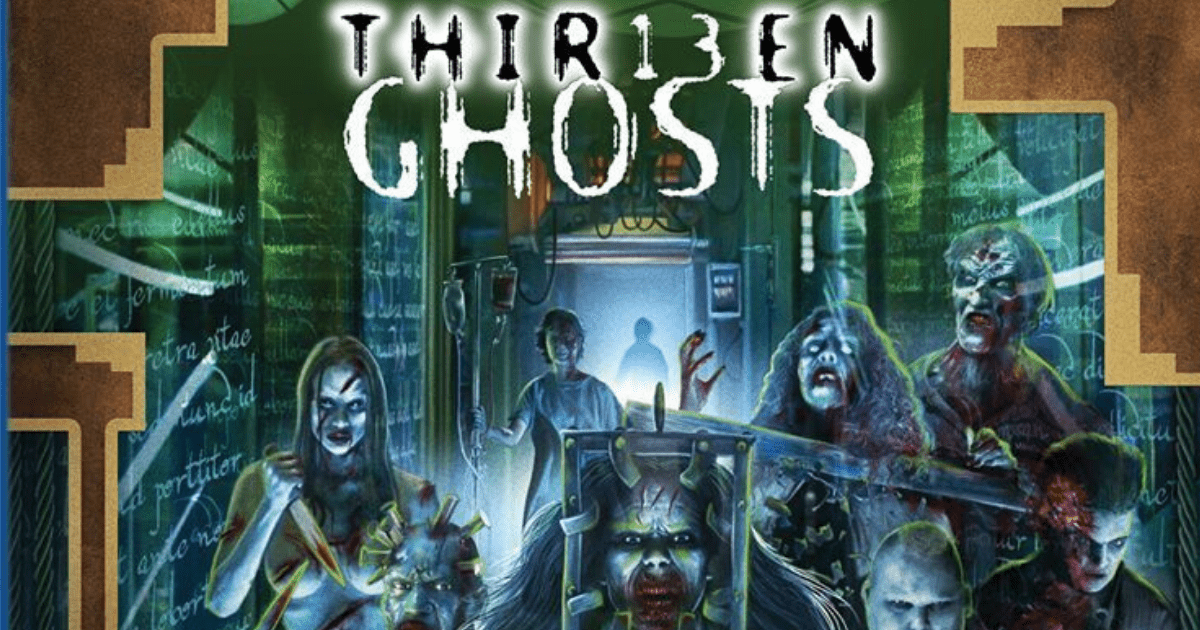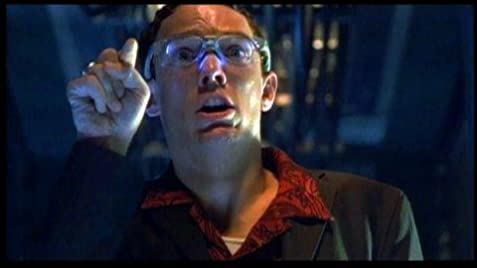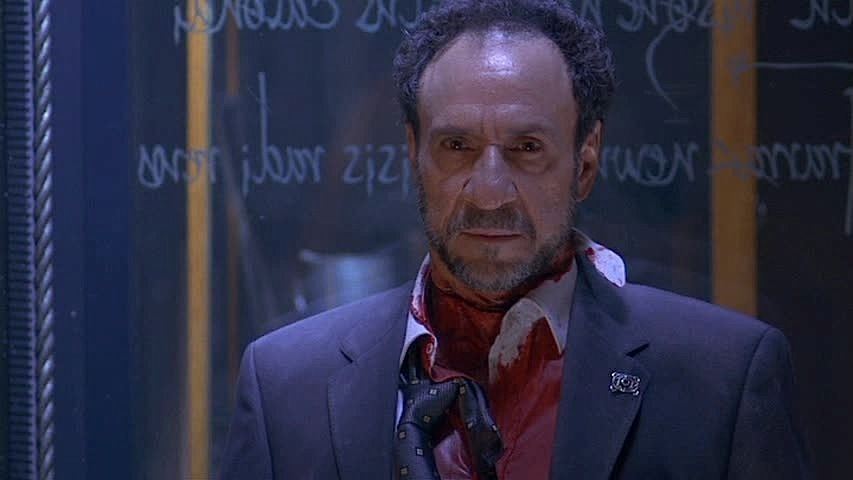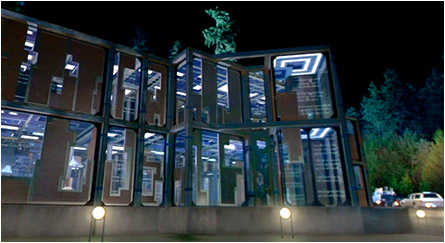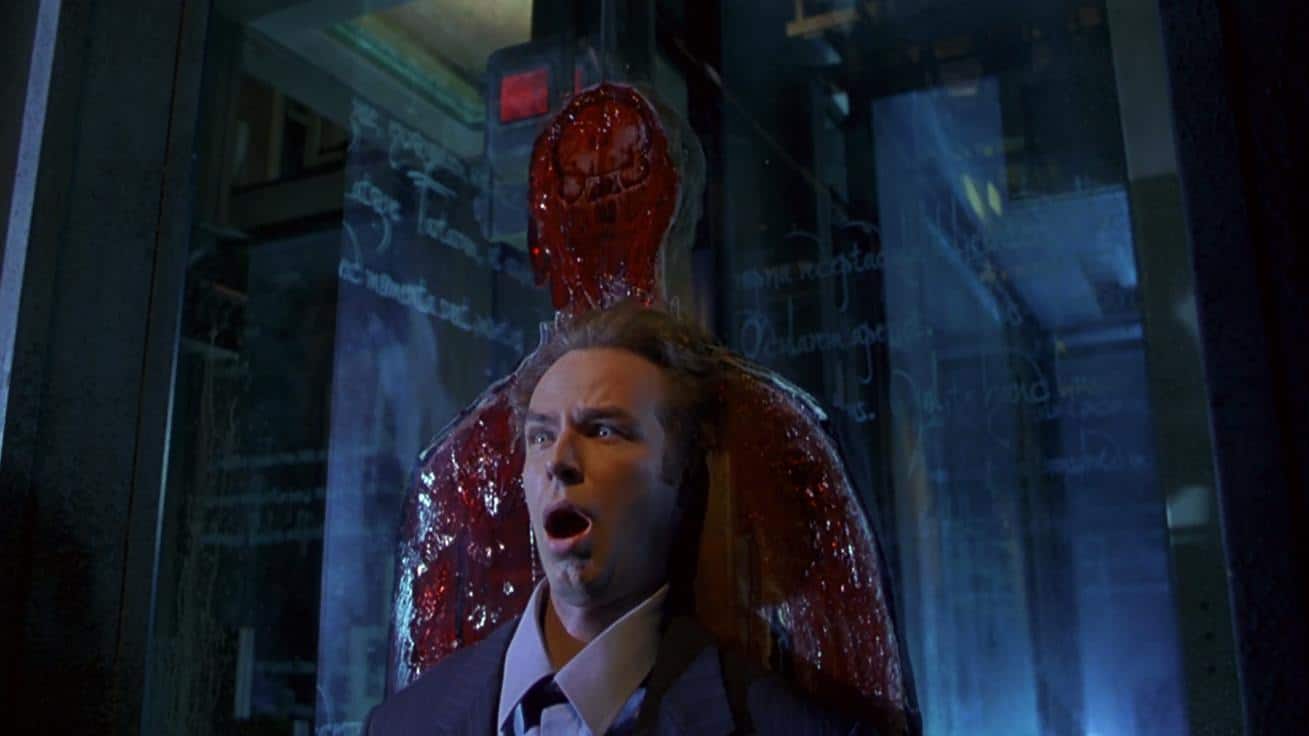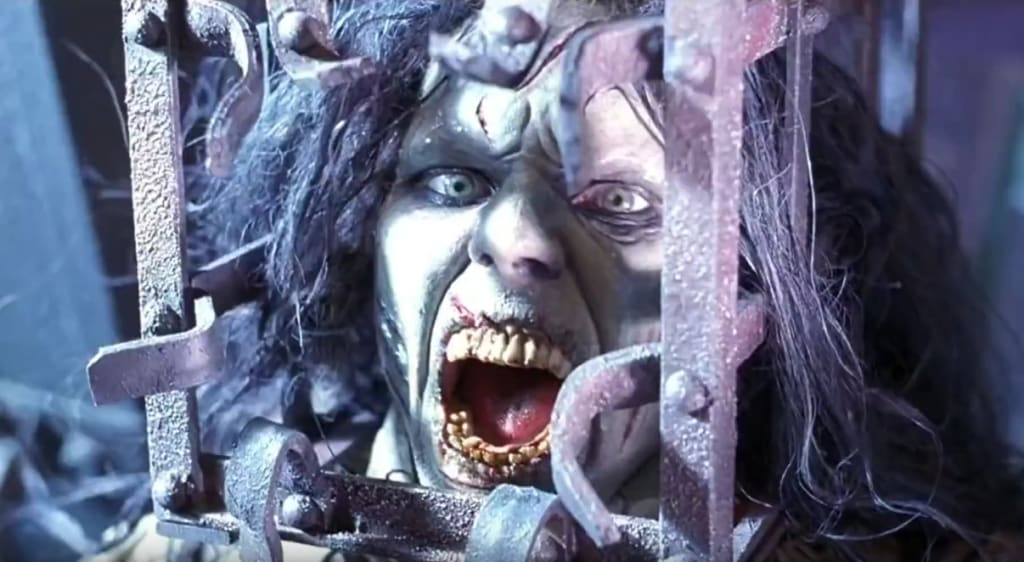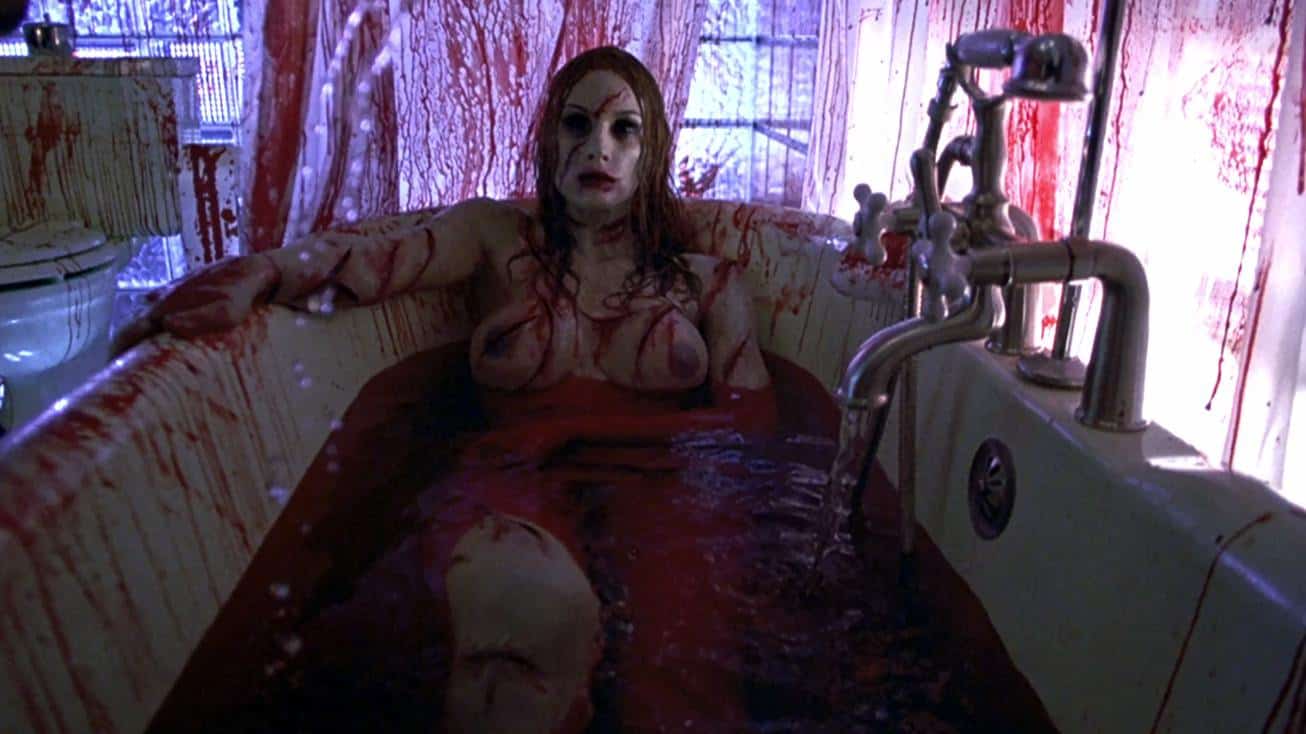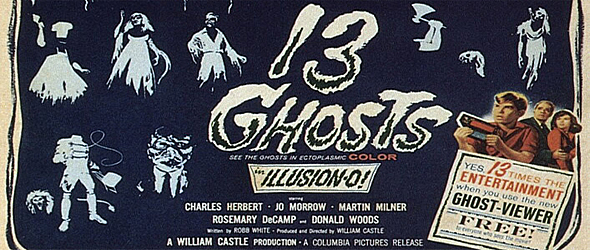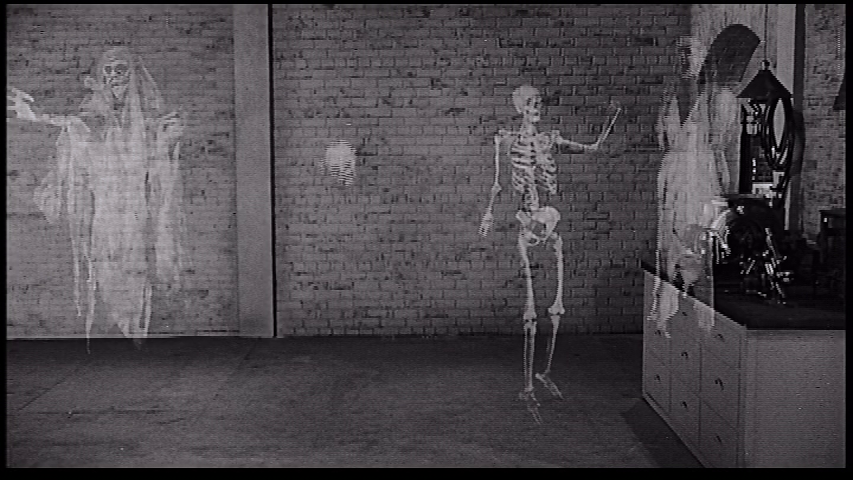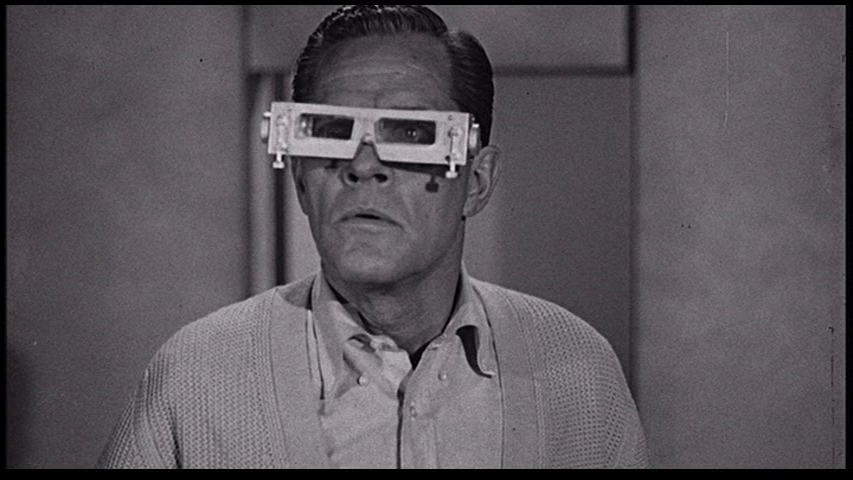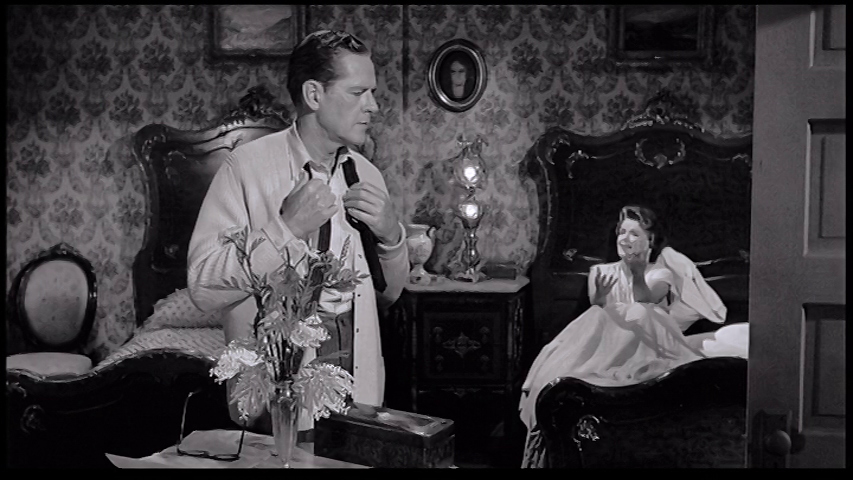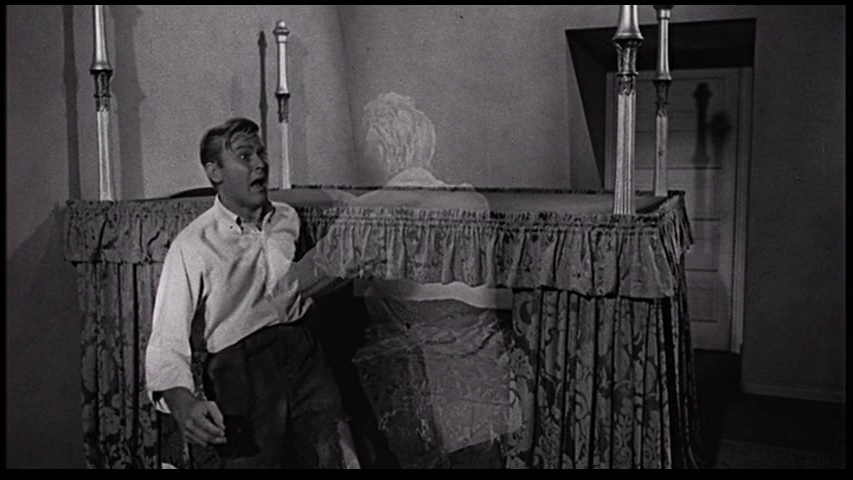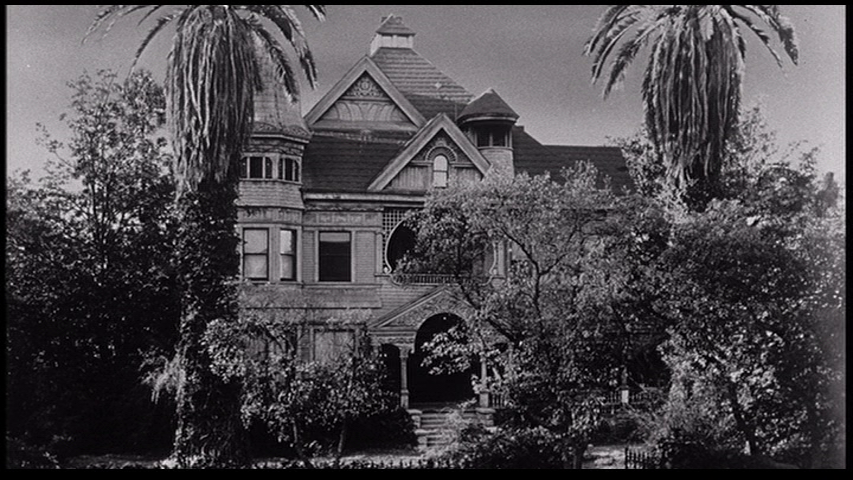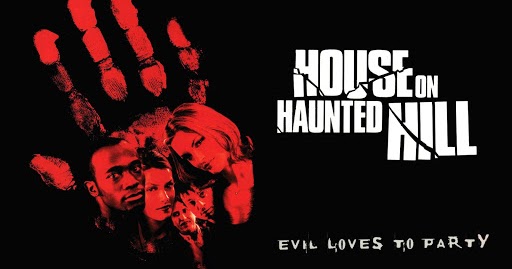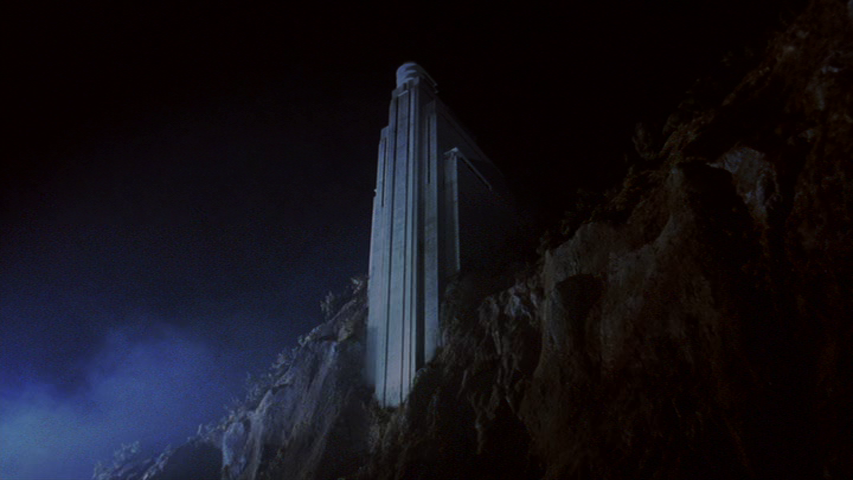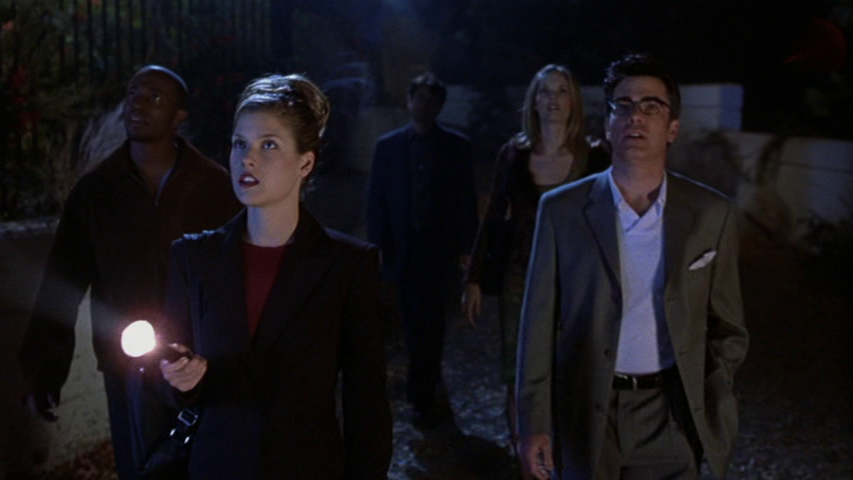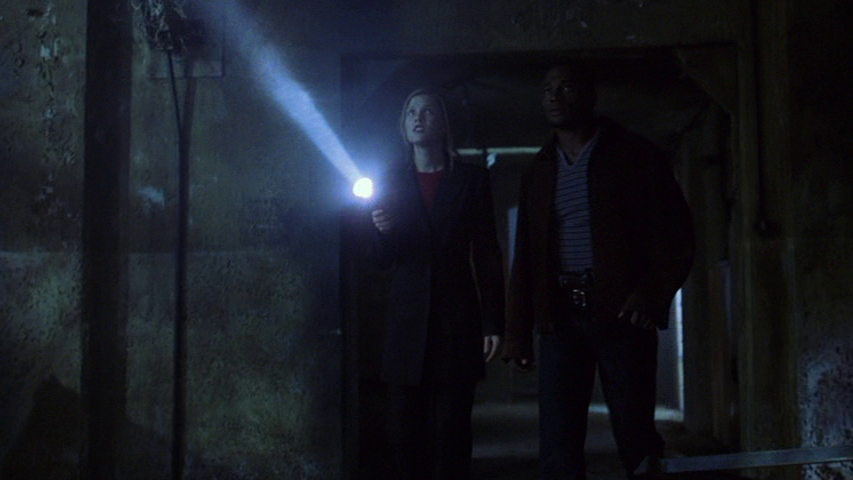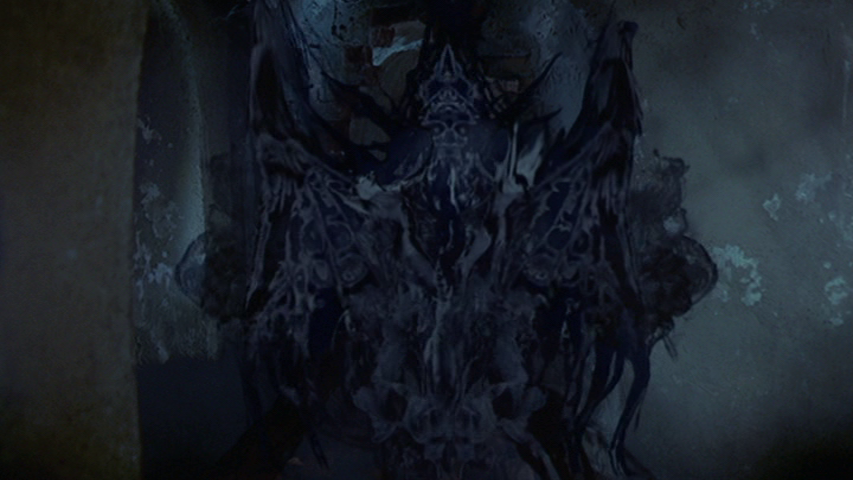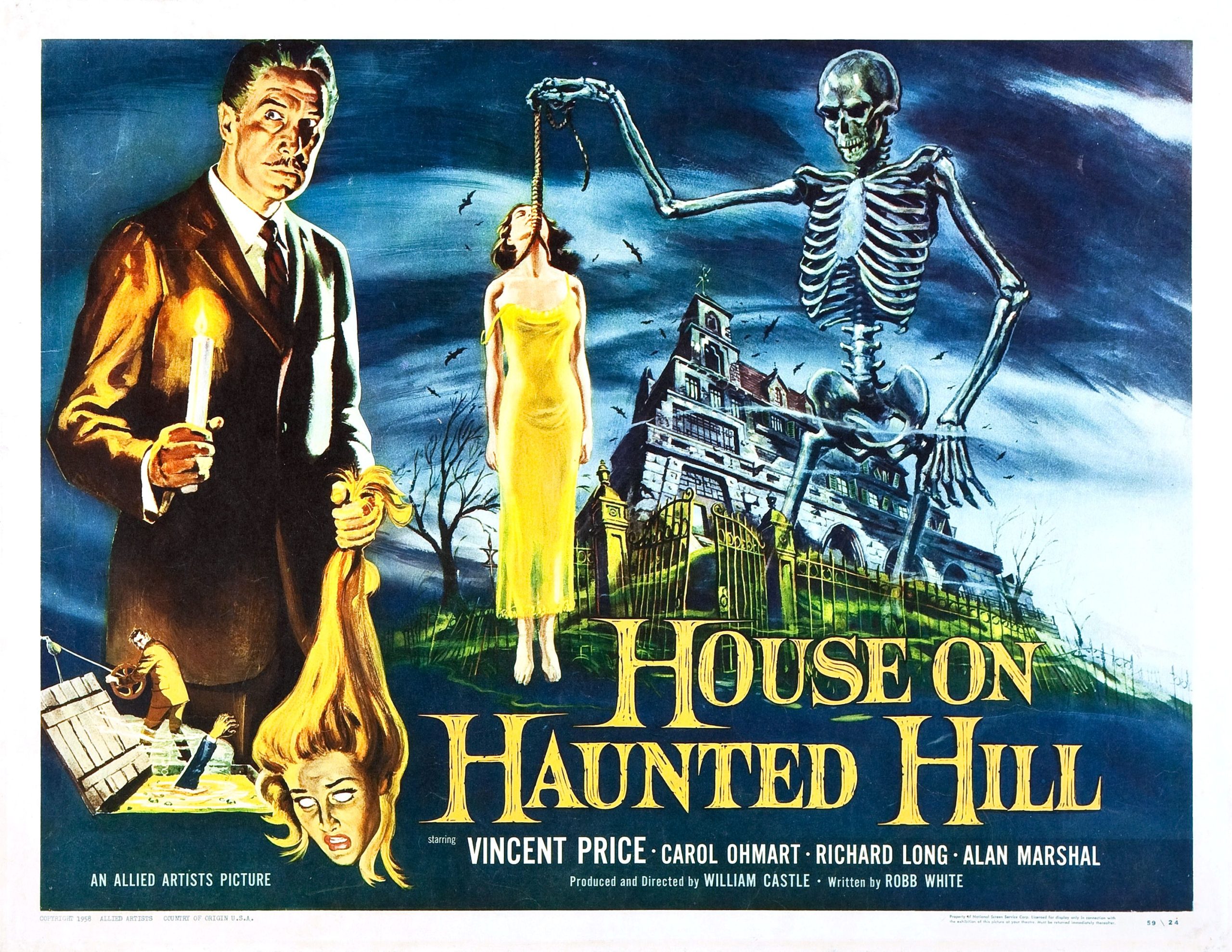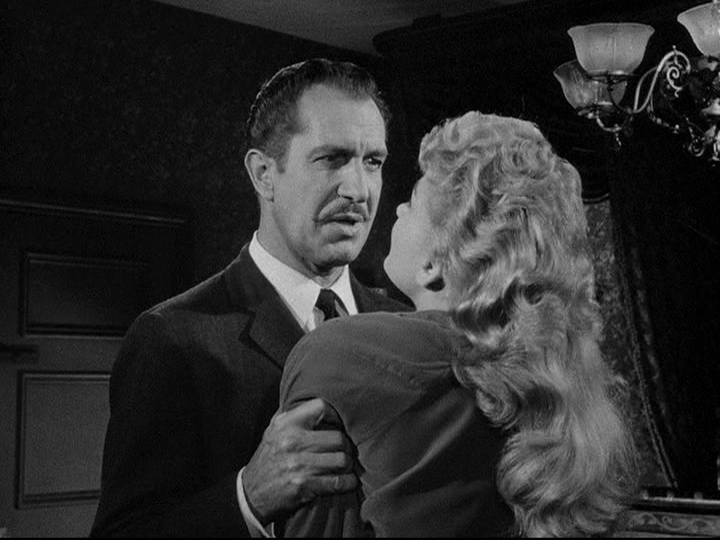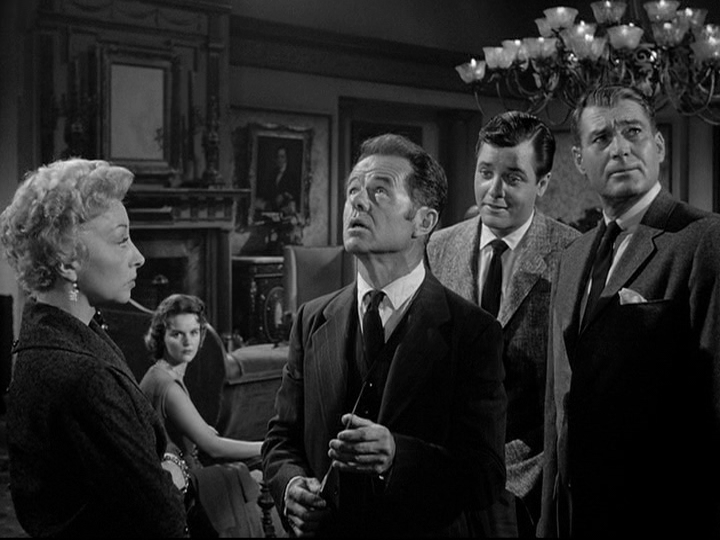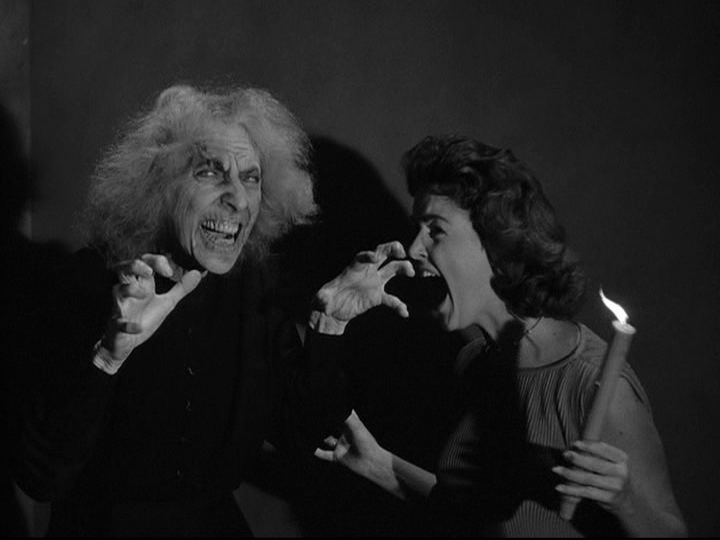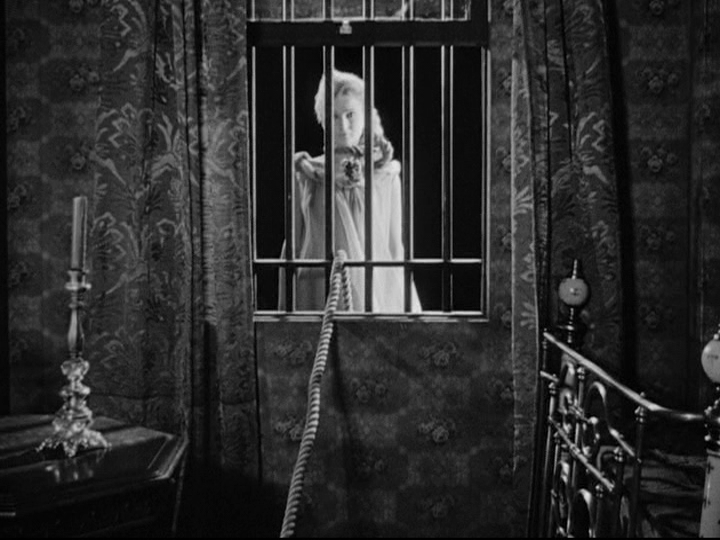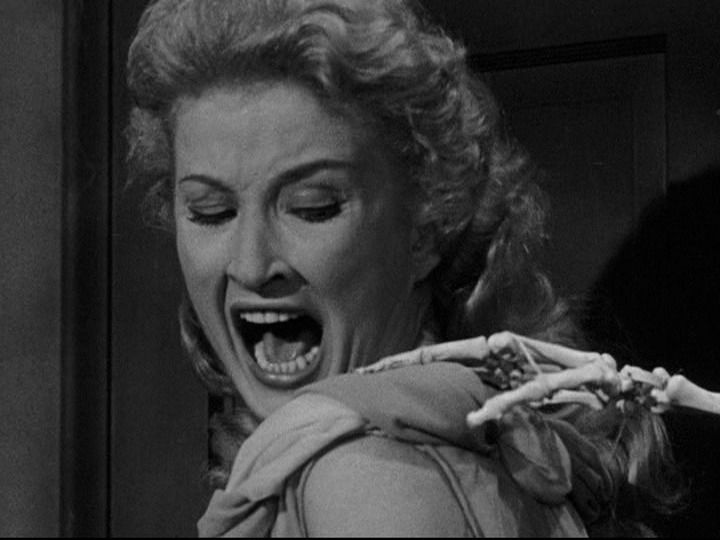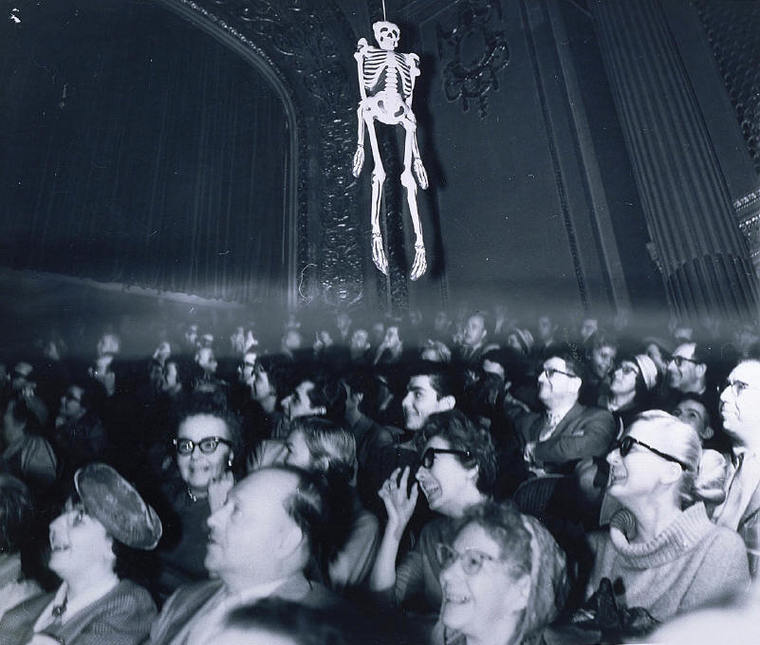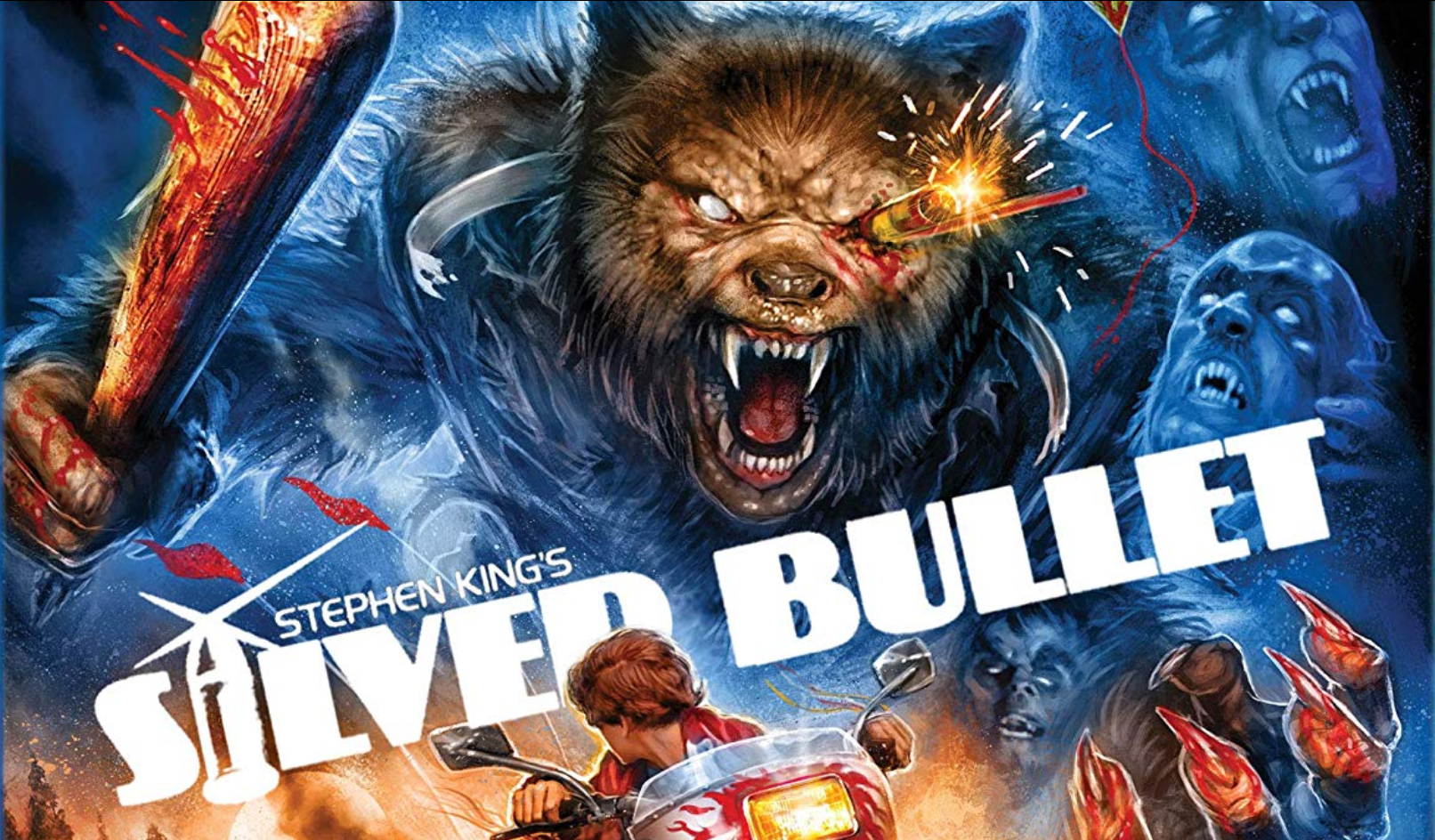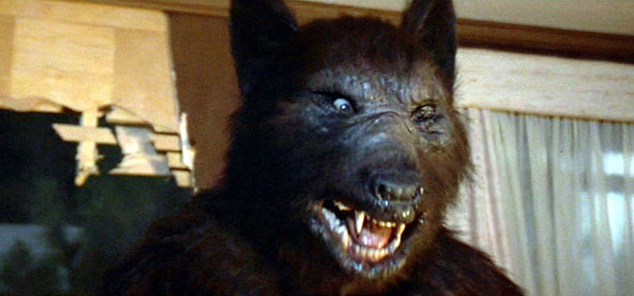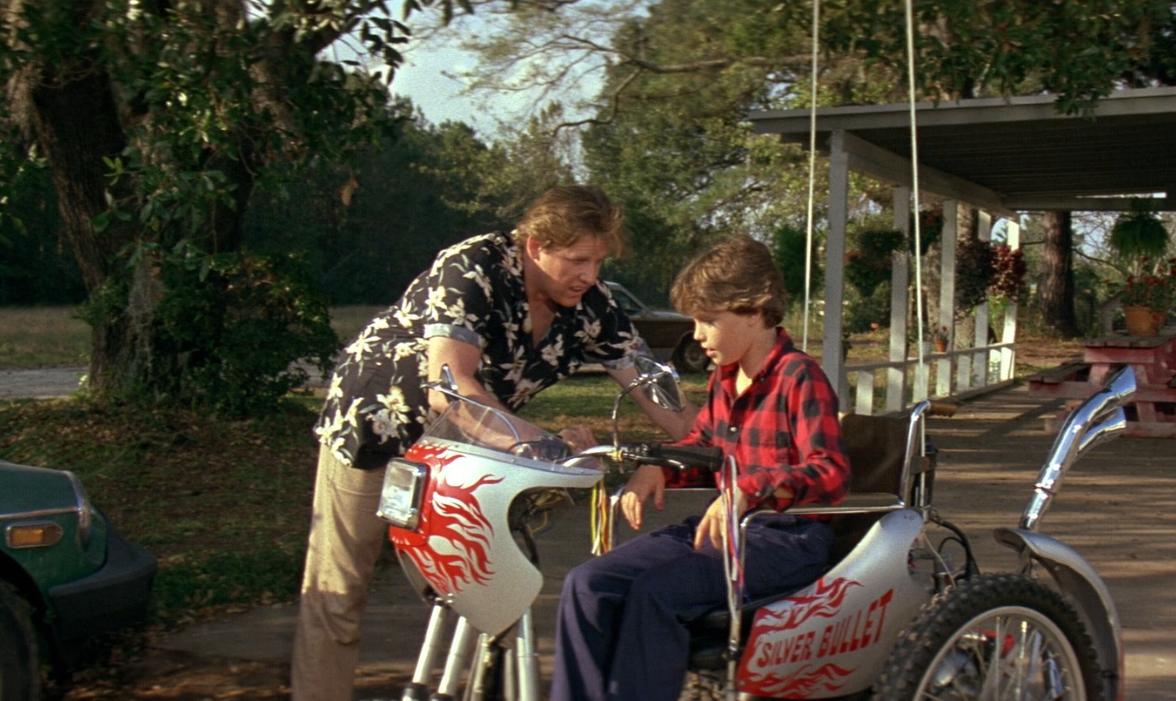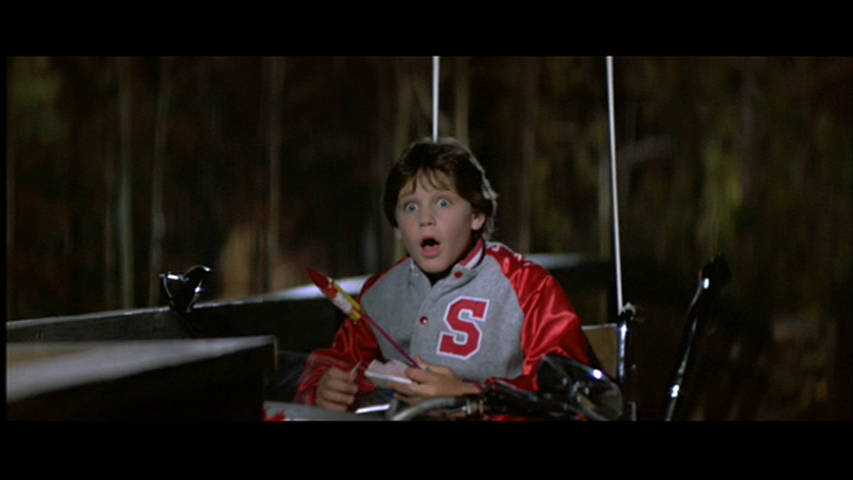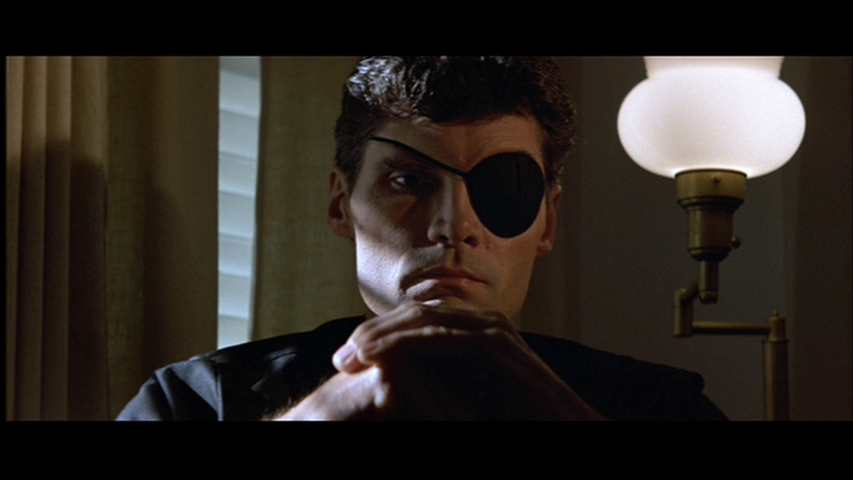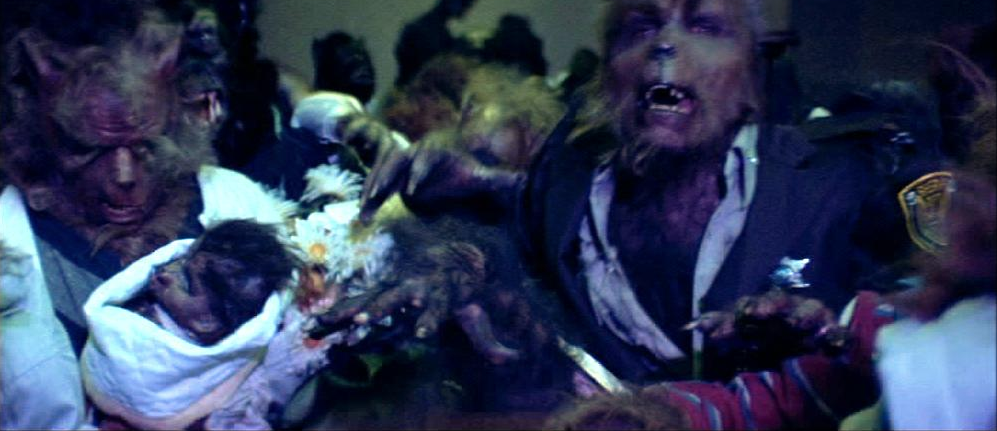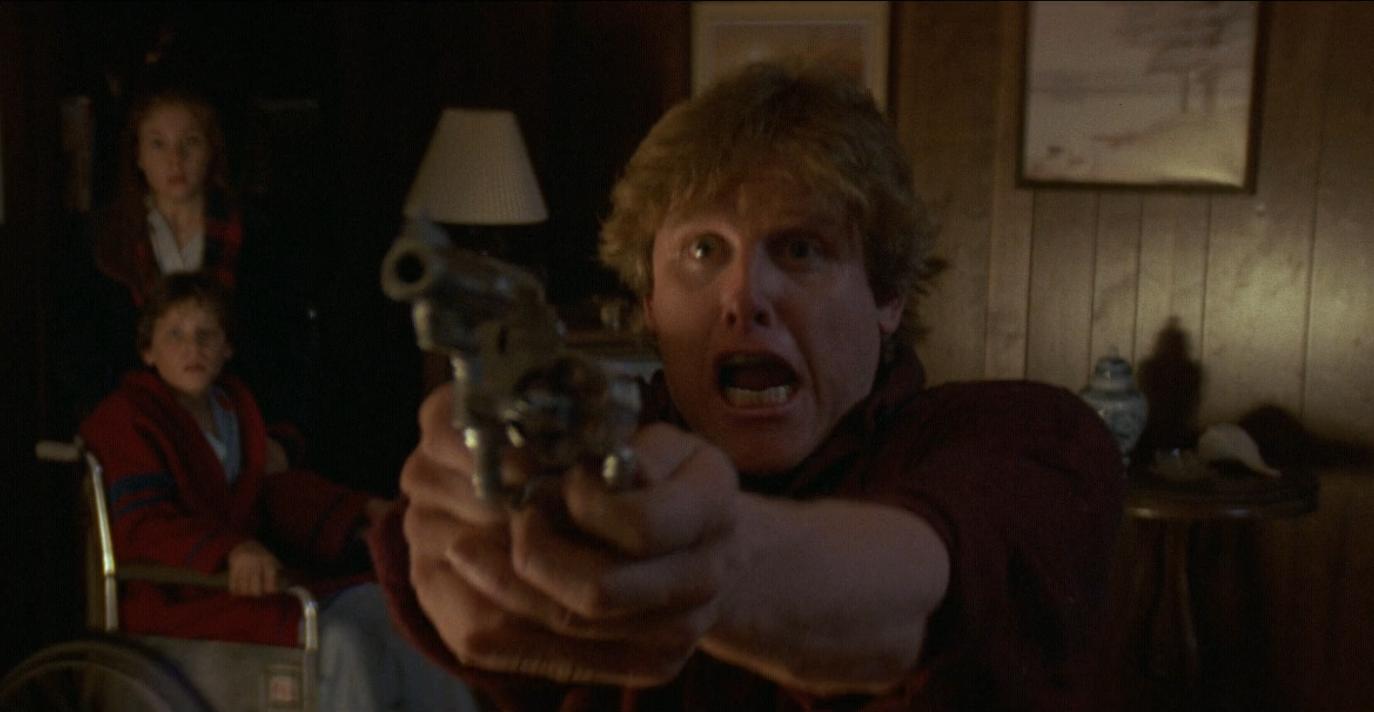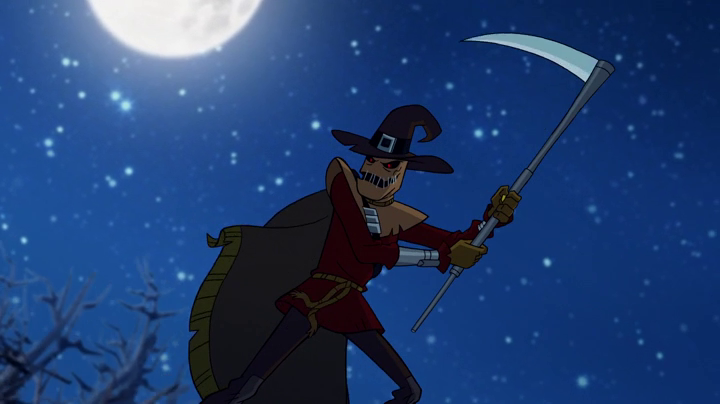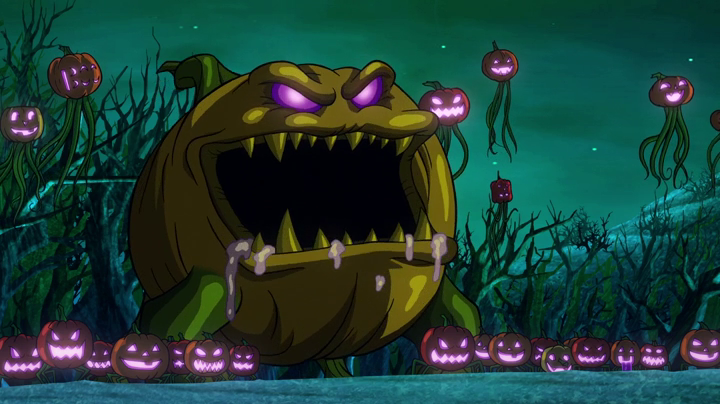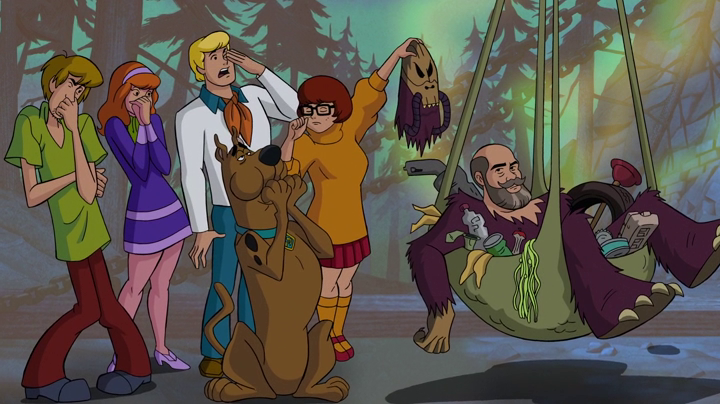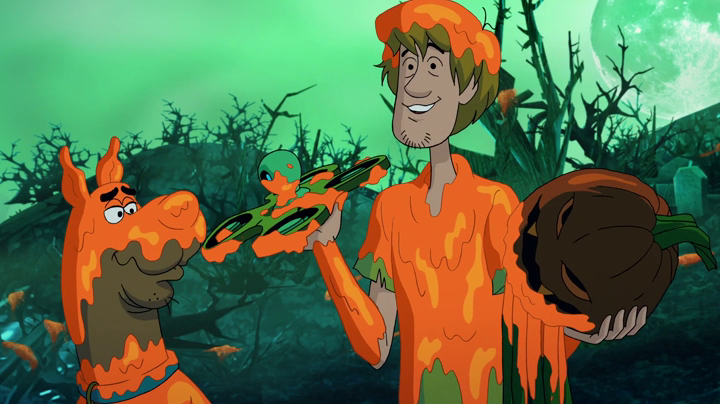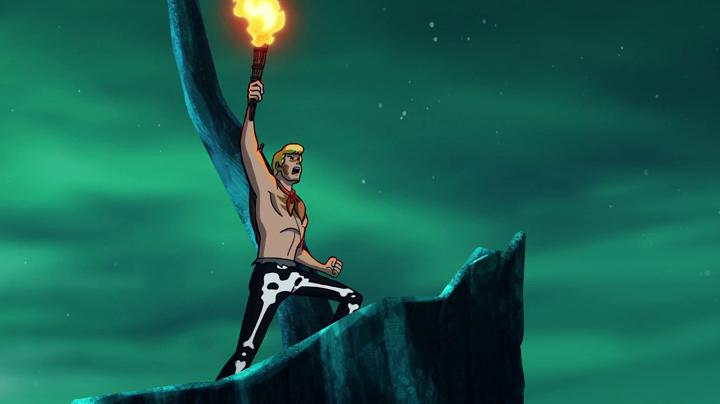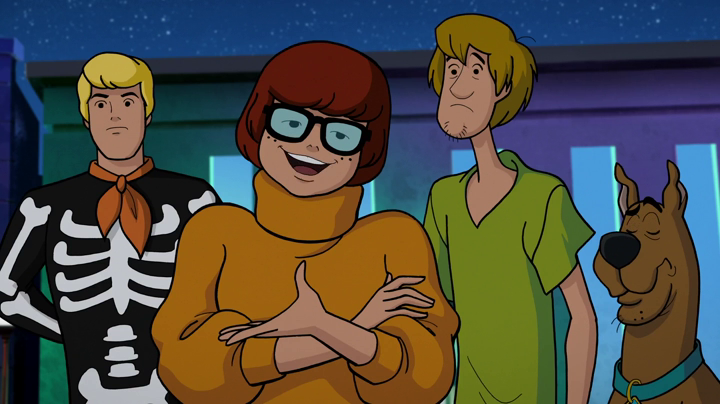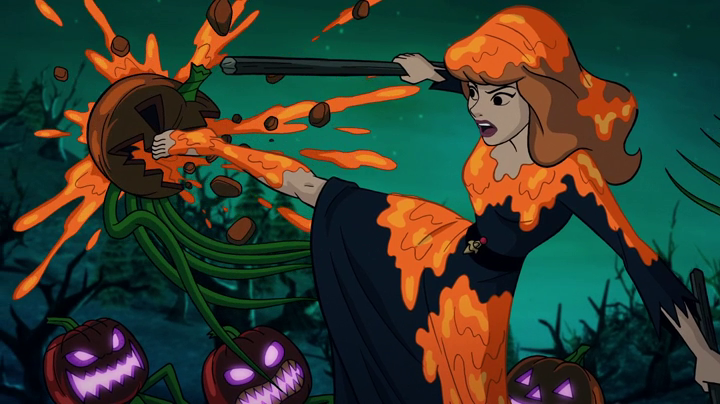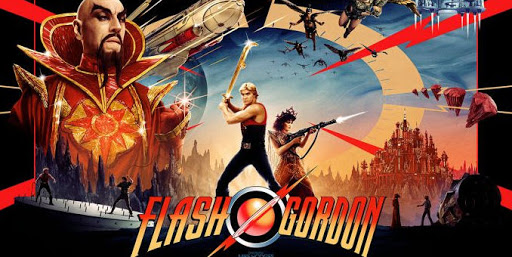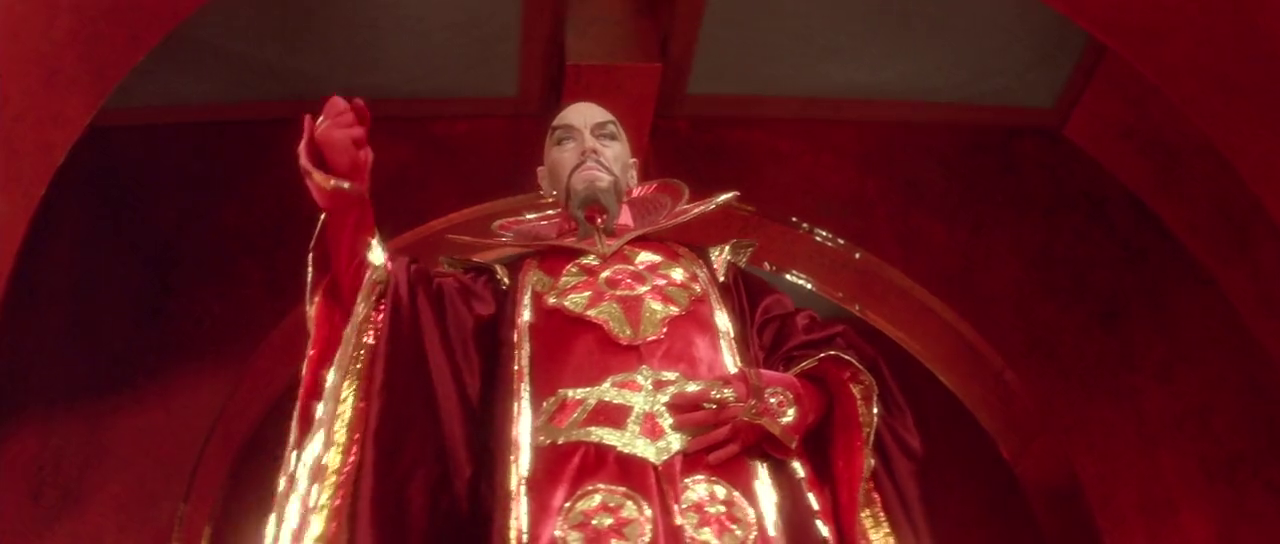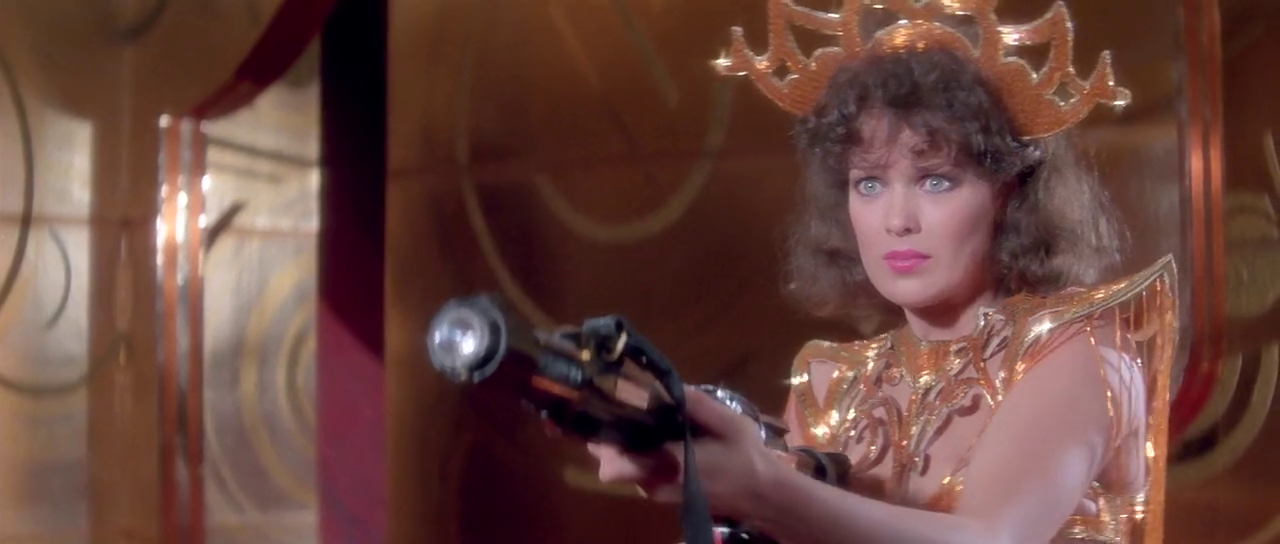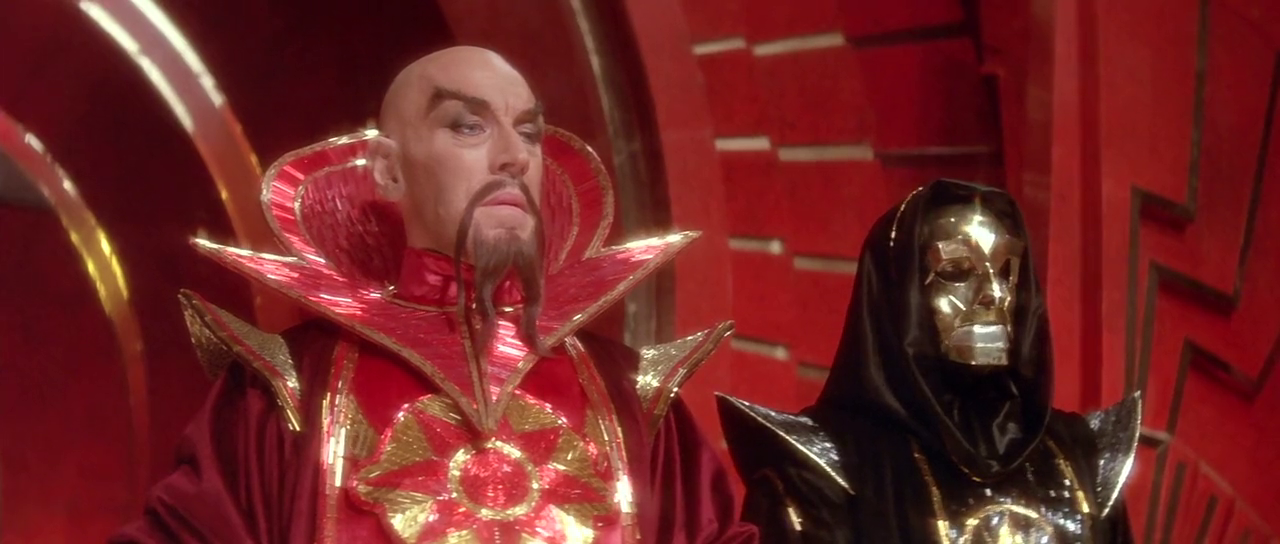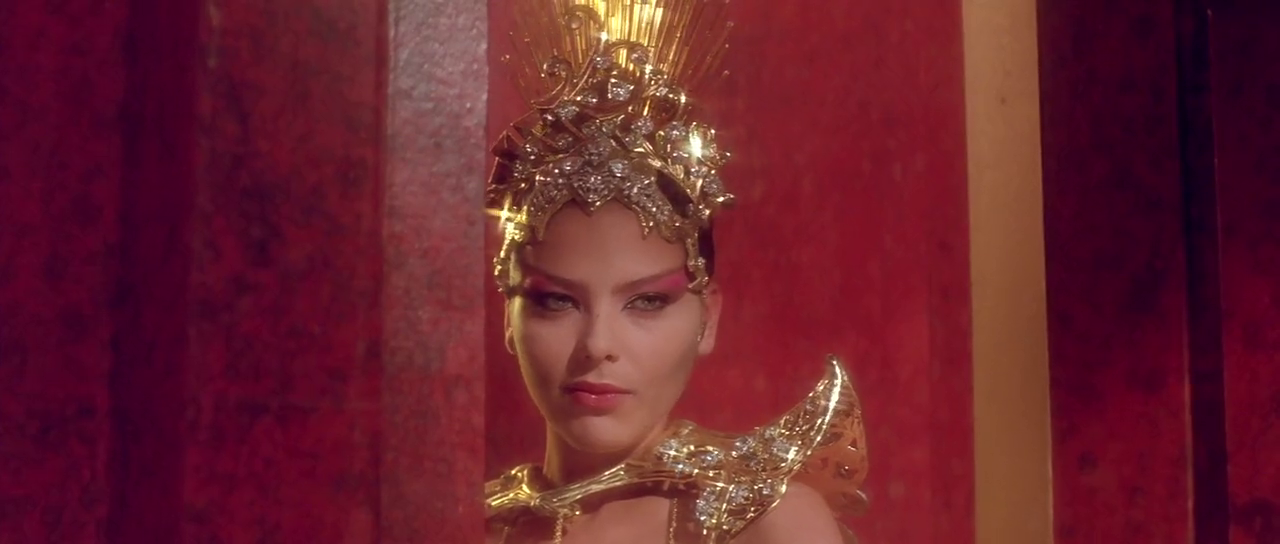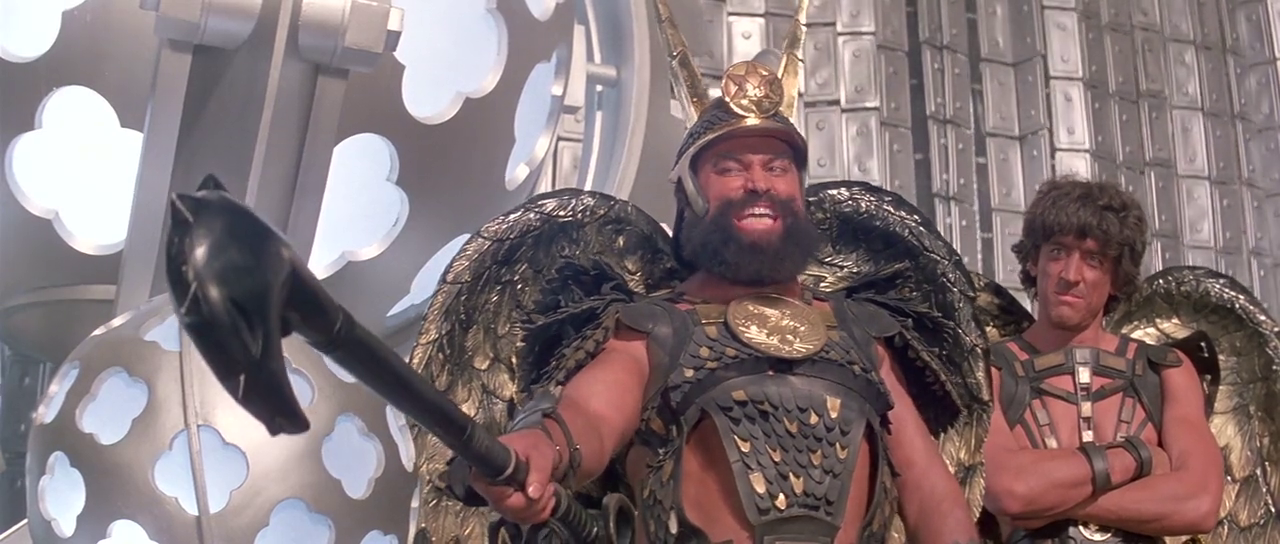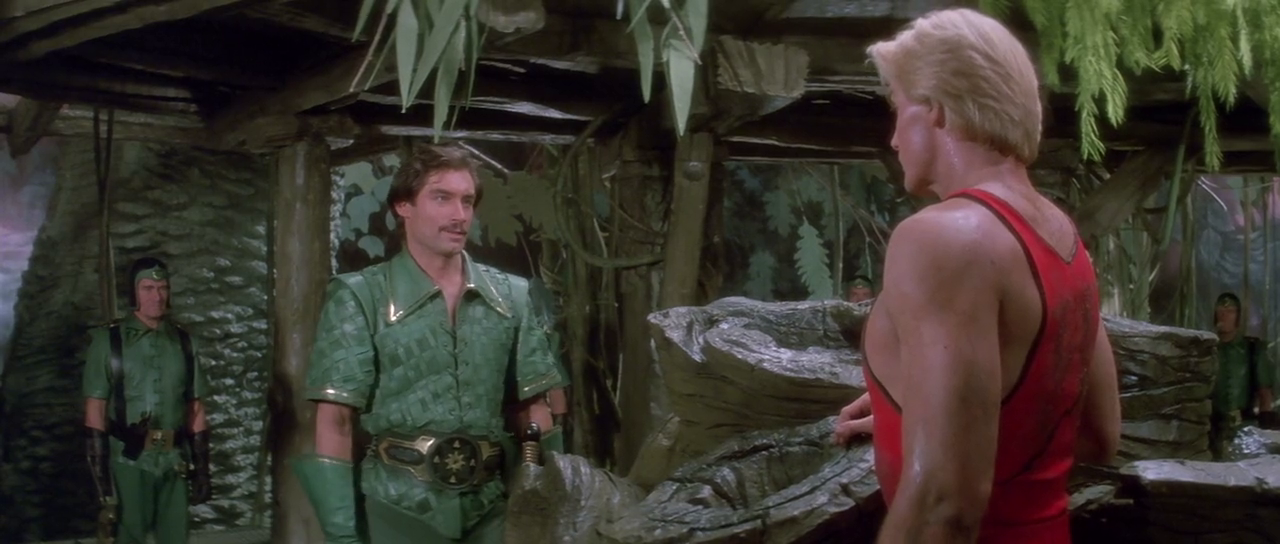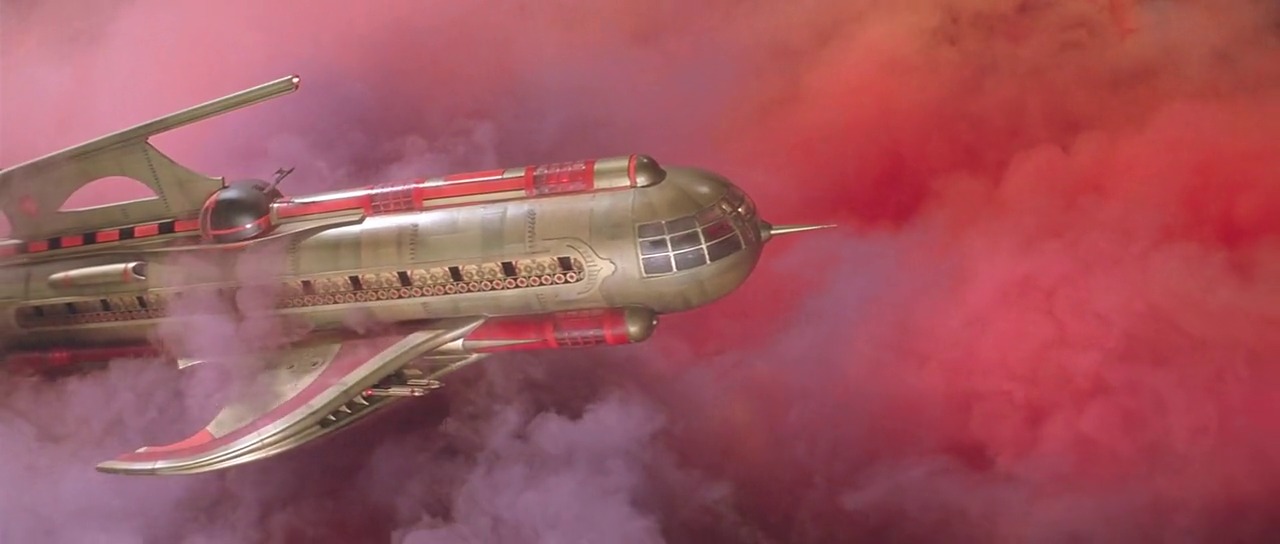With the success of their remake of William Castle’s House on Haunted Hill Dark Castle Entertainment producers, Robert Zemeckis and Joel Silver, decided to tackle Castle’s 1960s classic 13 Ghosts in what turned out to be one of the better examples of taking an original premise and then spinning it in a variety of different and interesting ways, both narratively and visually.
Director Steve Beck and screenwriter Neal Marshall Stevens took the basic germ of the idea from the original film, an impoverished family inherits a haunted house that is populated with a variety of ghosts, and then completely made it their own by creating a whole new mythology for the ghosts, and giving even more sinister motivation behind the villain. In the original 1960 film we never really got to meet the eccentric rich uncle who’d spent his life collecting ghosts – we see him briefly in ghostly form but that's it – while in this movie, right off the top, we are introduced to Uncle Cyrus Kriticos (F. Murray Abraham) as we see him acquiring his latest ghost. There are quite a few additional characters created for the sequel with one of them being that of Dennis Rafkin (Matthew Lillard) an empath whose psychic abilities Cyrus uses to help locate and create his menagerie of spooks.
Not a Ghostbusters so much as Ghostfinder.
It’s in this opening scene that we Cyrus and his team of ghost hunters capture a particularly violent ghost called The Juggernaut, and it's here that the film really sets the tone for what is to follow as it is extremely violent with the ghost brutally murdering most of Cyrus’ men in a variety of fairly gruesome ways and as such, it clearly states “This is not William Castle's goofy movie from the 60s, no siree. So sit back and enjoy the ride!” In this scene, we are also introduced to two more original characters to the story, in the form of Kalina Oretzia (Embeth Davidtz) and her partner Damon (Matthew Harrison), who are sort of a combination of Green Peace and PETA when it comes to the exploitation of the spirit world. These two object to Cyrus imprisoning ghosts but this quickly becomes a moot point when both Damon and Cyrus Kriticos die at the hands of the Juggernaut, or so we think.
“Do you seriously think I’d be in this just for a cameo?”
After the bloody carnage we witness in that opening scene the film then dovetails back to familiar territory with the introduction to the rest of our main characters; widower Arthur Kriticos (Tony Shalhoub), who has fallen on hard times since the passing of his wife in a tragic house fire, then we have his daughter Kathy (Shannon Elizabeth) and young son Bobby (Alec Roberts) who are delighted when lawyer Benjamin Moss (JR Bourne) shows up on their doorstep to inform them that they’ve inherited a massive remote mansion from Arthur’s recently deceased Uncle Cyrus. Along for the ride is their nanny, Maggie (Rah Digga), who is another addition and is easily my least favourite as not only is the idea of a family that is having a hard time paying their bills having enough money for a live-in Nanny pretty is pretty ridiculous, but she’s also around to provide “comic relief” and with someone like Matthew Lillard in the cast this was a completely unnecessary addition.
“With these special glasses, I can clearly see my character is pointless.”
Storywise, the key difference between this film and the 1960 original is in the reasoning behind the collecting of thirteen ghosts; in the William Castle film, the uncle was simply a rich eccentric dude with a passion for the paranormal, while in this remake we learn that Cyrus’ bizarre glass mansion is actually a complex machine designed by a possessed 15th-century astronomer to open the "Ocularis Infernum" - The Eye of Hell – “Created by the Devil and powered by the dead” and once this demonic device is opened it would allow its user to see everything in the past, present and future, on Earth, in Heaven and Hell. The house they built for this movie is one of the more impressive elements and production designer Sean Hargreaves did a fantastic job creating this glasshouse that is basically a giant version of the Lament Configuration from Hellraiser.
If the Devil shopped at Sharper Image this is the kind of place he’d have.
In the original film, the villain was Ben Moss the family lawyer, who murdered the uncle so as to steal the family fortune and then he spent the bulk of the film trying to get the nephew’s family to move out so he could find the hidden money, but in the remake, Ben Moss is initially set up to look like a shady villain – opposed to in the original film where Martin Milner played the lawyer as a nice guy until the dramatic third act reveal – this time out it’s Uncle Cyrus who is the true big bad, and though the lawyer is clearly on the crooked side of things he is literally cut from the film during the first act.
Insert dead lawyer joke here.
Thir13en Ghosts is what one would call a “rollercoaster horror film” as once the shit hits the fan its non-stop action until the end credits roll. Now, does it matter that Cyrus’ demonic machine is just one giant supernatural MacGuffin that the film barely explains? Absolutely not, this movie is all about the cool ghosts created by Howard Berger and his amazing crew at KNB EFX Group, from the menacing Juggernaut to the maniacal Jackal this movie hits that aspect of horror right it out of the park, this baker’s dozen of spooks on display here is simply fantastic and makes this entry a must-see for fans of the genre.
Stray Thoughts:
• The reveal that Kalina Oretzia was secretly working with Cyrus all along was pretty pointless and added nothing to the story.
• Cyrus faking his death in the opening scene raises an important question, “If he was supposedly dead how did The Juggernaut end up back to the glass mansion?” The Juggernaut turning up at the house should have been a big tip-off to Rafkin that Cyrus was still alive.
• Arthur decides it’d be best if they split up and search for little Bobby, which has to be the worst example of the “Splitting Up Horror Trope” as they are in a house that is literally a changing puzzle box and getting lost is almost a certainty.
• The use of the “Spectral Glasses” works a lot better in this version rather than how it did in the original, as here they function as a story element rather than just a gimmick.
• Not all the ghosts of the Black Zodiac warrant much screen time but this does make for a good reason to watch the special features on the Bluray for all their backstories.
Aside from the amazing production designs of the house, and all beautiful created and truly horrifying ghosts found within it, what truly elevates this film is in supplying us with such great actors as Tony Shalhoub and F. Murray Abraham in what is a fairly low-budget horror film. William Castle was never going to get “A” list actors in his film so it’s nice to see that these remakes not only upgrade things when it comes to the visuals but also in the acting department as well. Overall, Thir13en Ghosts is a seriously fun romp through a truly original setting, which is a surprising thing to say about a remake.
